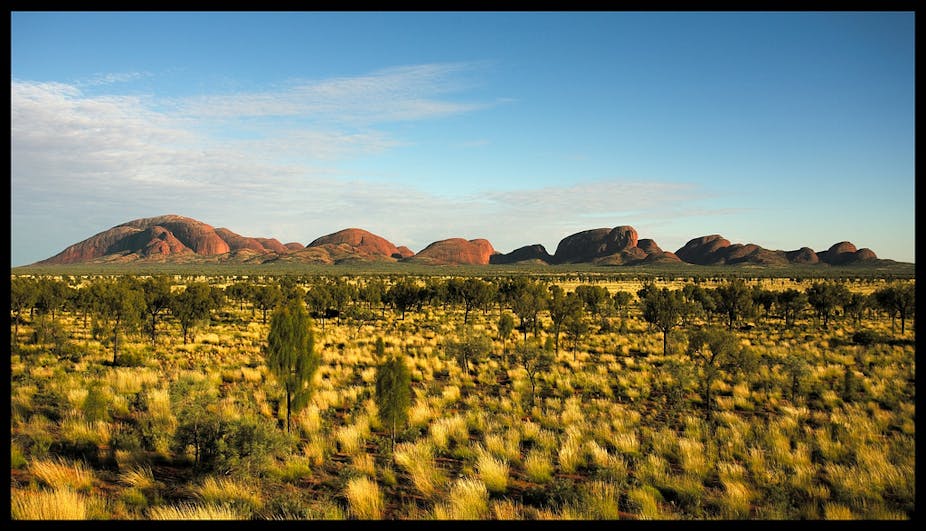Conciliating economic development and environmental protection is not an easy task. To a certain extent, the two concerns may appear contradictory. On the one hand, many economic activities have a negative environmental impact: they use natural resources in the production process and contribute to reducing natural capital (directly through the use of exhaustible resources, indirectly in the event of over-exploitation of resources renewable). On the other hand, environmental protection objectives can have a negative impact on economic development by constraining business and consumer behavior through regulations or fiscal measures.
How to analyze the interaction between these two terms – and their relation to sustainable development – knowing that they are frequently telescoping? Should we favor one over the other? Can we afford to get out of the current economic and financial crisis with little concern for environmental constraints? Is it better to get out of the ecological crisis (global warming, loss of biodiversity, global growth of the ecological footprint, …) by agreeing to do without economic growth or at least to restrict it? In the long run, is there really a trade-off between economic prosperity and environmental protection?
In the space of one issue of this journal, it is obviously impossible to answer all these (broad) questions. This volume “Environment and economic development” is not intended to be exhaustive and inevitably leaves some themes behind.
First of all, the term economic development is understood here in a relatively restrictive sense, that of economic growth. This a priori is certainly reductive and ignores alternative indicators to GDP that are mentioned in many recent works or works such as the report of the Stiglitz Commission. In the poorest countries, however, economic growth in the strict sense remains essential to improving living conditions. Moreover, without growth, and in any country in the world, the improvement of the lot of the most disadvantaged necessarily rests on redistributive policies. Potentially conflicting. If growth were not accompanied by environmental problems, its desirability would probably be self-evident; and when these problems are put in brackets, growth remains a priority objective, as illustrated by much of the public debate since the beginning of the recent financial crisis. This does not mean that the following articles defend the possibility of infinite growth; on the contrary, several of the following articles emphasize that the introduction of various strict ecological constraints undermines the idea of some form of perpetual growth.
We have chosen not to explicitly dedicate articles to topics for which books or publications exist elsewhere and are easily accessible. Thus, no article in this issue is exclusively devoted to the theme of climate policy. In particular, Guesnerie (2010) provides an excellent overview of this issue and the obstacles to its further implementation. Similarly, Schubert (2009) provides an interesting overview of the carbon tax issue.

